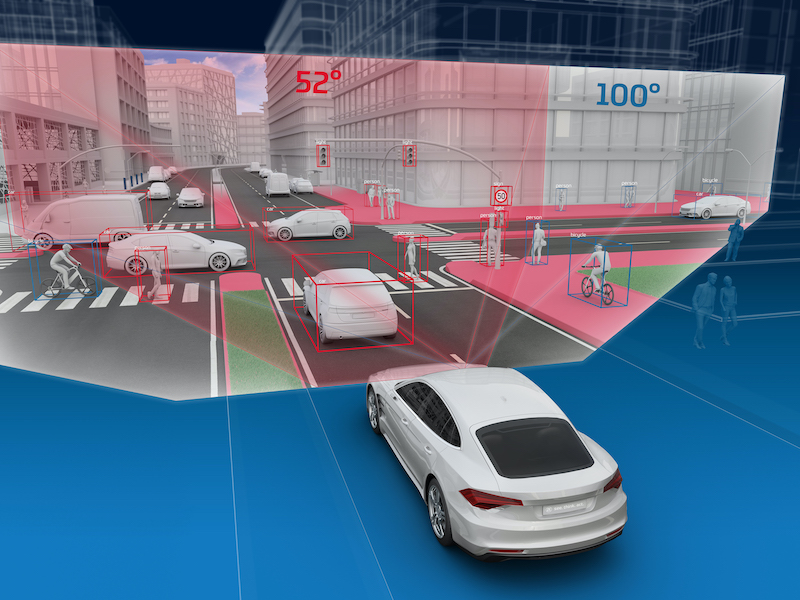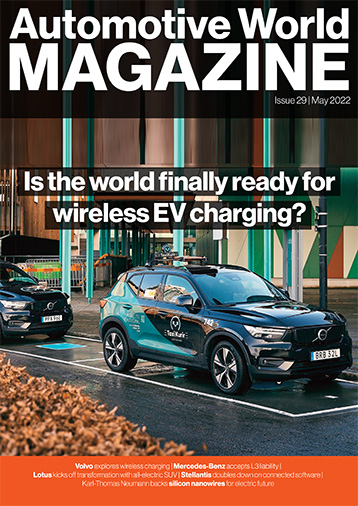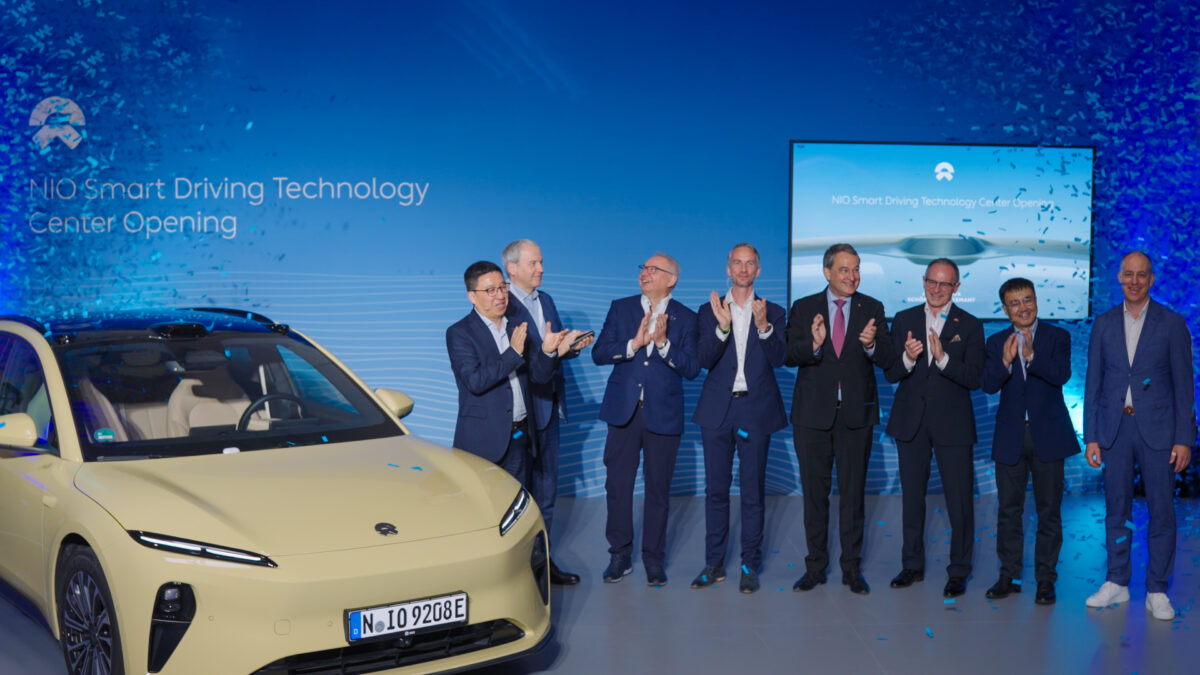A single connected vehicle will produce and share a fair amount of data as it roams through a smart city. As vehicles add more features and become more autonomous, the amount of data created by each vehicle will increase significantly. Where that data goes, what it is used for and how long it persists varies by application, but one thing is clear: data lifecycle management is becoming increasingly important for the automotive industry, and how this service is consumed will be vital.
New vehicles are already highly connected today but are set to become even smarter in coming years, boosting the amount of data being created and consumed. At the same time, cities are being outfitted with 5G cell towers, sensors inside of multi-access edge computing (MEC) units, roadside units (RSUs) and compute and storage servers to help enable the communication between a large number of disparate devices and workloads. For cars to speak with the city and vice versa, data must be shared rapidly, reliably and often in high volumes. As such, edge computing has become a hot topic for the automotive industry and those working on smart cities.
Scaling infrastructure
Edge servers allow data that is gathered from different connected devices around the city to be processed more closely than if the server was in the cloud, for example. Upload and download speeds and latencies are greatly improved by having a local edge server, and this will become invaluable in coming years as more smart vehicles hit the road. Autonomous vehicles (AVs) will push data demands even higher.

In today’s automotive industry, edge computing is used primarily in a controlled test and development environment outside of a primary data centre. As more connected vehicles hit public roads, the role of edge computing will skyrocket.
“When we start to talk about these vehicles being released into production, that’s when the edge gets very large, very quickly,” explained James Singer, a Technologist in the Infrastructure Solutions Group at Dell Technologies. “Edge Infrastructure is required to send data to where it needs to go; today, much of it goes to the cloud or on-premises data centres. Because of the expected volumes of data, there will be many use cases that will need to be processed on the edge.”
For example, there may not be enough time or bandwidth to send lumps of data to a data centre or to the cloud for it to be cleaned, tagged, trained and sent back to the car in the form of an over the air (OTA) update. “There will need to be some kind of edge compute where data can be sent to servers that are close to where the vehicle resides,” explains Singer. “That kind of infrastructure doesn’t exist at scale yet, but it will as the industry continues to improve vehicle functionality.”
An important question the automotive industry may ask or is already asking, says Singer, is how the data gets from the vehicle to the cloud or to a hosted data centre. The industry is also trying to flesh out who will guarantee that the data makes it to its final destination securely, as well as who gets to see the data once it leaves the car. Then there is the question of whether the data persists on an edge server or if all data must be sent to one location. “Since the data is mobile and disaggregated, how will the data be gathered and find its way home?” asks Singer. “Will automakers or Tier 1/Tier 2 suppliers be required to build out their own edge compute, networking and storage? These are all valid questions.”
One thing is for certain, the automotive industry will consume compute and storage functionality as a service
Edge as a Service
Questions such as these centre around one key consideration: how will the automotive industry consume edge computing? Dell believes that Edge as a Service (EaaS) is the answer and is currently investigating what is required to make this vision a reality.
The idea is that EaaS will allow automakers to leverage the skills and resources of end-to-end edge infrastructure providers. In effect, it will provide a turnkey edge solution for automakers as they look to bring new connected and autonomous features to the mass market. It follows similar trends around Software as a Service (SaaS) and Platform as a Service (PaaS), which have both accelerated the industry’s move toward digitalisation.
Dell’s technologists and engineers are investigating numerous variables that will influence how EaaS is offered. These include everything from environmental factors such as power and cooling requirements to physical and data security, how the compute and storage will be serviced, and whether certain data will persist at one particular location or eventually make it back to the cloud. “There are many unknowns about how data will flow in the automotive pipeline,” Singer emphasises. “But one thing is for certain, the automotive industry will consume compute and storage functionality as a service.”
Car, edge, cloud
In theory, this mobility sensor data will be put to good use, but as Singer explains, it is about prioritising what data leaves the car, what data is stored and perhaps even what data is no longer needed. “In a fully-fledged production environment, we will need to be more judicious about what data leaves the car, what is deleted, what is stored and what can be processed locally in the vehicle,” he says.
Recent advances around cellular vehicle-to-everything (C-V2X) will make things slightly more complex on the data management front. “With C-V2X, there will be a huge amount of chatter between RSUs, cell towers, local and cloud infrastructure and other vehicles. This is where the volume of data starts to become a real challenge, and surrounding resources that are ‘aware’ will not only be the creators but also the consumers of data,” he adds.

A vehicle’s on-board sensors are constantly gathering information. A vehicle might spot that a crash has caused a road block, for example, or that a group of nearby school children could be at risk as they approach a pedestrian crossing. A section of road might be icy or damaged, and the safety driver or passengers (if fully autonomous) could send a distress signal to emergency services. When video data starts being shared in high volumes—and in higher quality—this is when the edge will become invaluable.
“Basic data being transferred from vehicle to vehicle and vehicle to infrastructure might be in the realm of kilobytes,” explains Singer. “But when we’re talking about data streaming from the video cameras on these fleets of AVs, that will accumulate a huge amount of data. Even if it is only 10% of what is being created by the AV’s various sensors, that is then multiplied by thousands of cars. The scale becomes tremendous.” While LiDAR generates more data than RADAR, GPS, Ultrasonic and IMU, he explains, it does not come close to the amount of data coming from a video camera. Many vehicles already use 1K cameras, but that will transition to 4K and in the future maybe even 8K, Singer observes.
Pushing data back to a core data centre would be “a long journey” emphasises Singer, and thus the general trend over the next few years will be to locate compute power and storage closer to where data is being created. As edge servers will be in a different environment compared to that of a secure core data centre, the next challenge will be ensuring this infrastructure does not fall prey to cyber attacks. “There are many potential attack vectors, and in this environment the idea of a firewall is no longer going to be good enough,” Singer warns.
It will require a robust partnership between many different companies to make this happen
EaaS will handle the data avalanche
As the megatrends of 5G, autonomous driving and smart cities converge, an end-to-end edge infrastructure—provided to automakers through EaaS—will prove invaluable. This ecosystem will extend from the edge, to core data centres, and to the cloud, helping to manage the increasingly complex data lifecycle of next-generation mobility.
The benefits of edge computing to the automotive industry and smart city developers are clear, but individual players cannot approach all this on their own. Singer urges that stakeholders across the ecosystem work together if this application of the edge is to become a reality. “Dell will not be able to build out all of this edge infrastructure on its own,” he concludes. “It will require a robust partnership between many different companies to make this happen.”




